How Acupuncture Supports Tissue Repair: A Natural Approach to Healing
Photo by RDNE Stock project from Pexels
Injuries are a part of life—whether from sports, repetitive motion, or surgery. But how we heal can make a world of difference in how we feel long-term. Acupuncture is increasingly recognized not just for pain relief but for its powerful role in supporting tissue repair and recovery. This article explores how acupuncture promotes healing at the cellular level and what modern research has discovered about this ancient modality.
THE SCIENCE BEHIND TISSUE REPAIR
Tissue repair involves a complex interplay of cellular responses, including inflammation, proliferation, and remodeling. The body initiates this healing cascade immediately after injury, but various factors—like poor circulation, inflammation, and stress—can delay recovery.
Acupuncture helps optimize these processes by stimulating the nervous system, improving blood flow, and modulating the body’s immune and inflammatory responses. When tiny needles are inserted into specific acupuncture points, the body responds by releasing neurochemicals like endorphins, serotonin, and adenosine, all of which play roles in pain relief and cellular repair.
ACUPUNCTURE AND BLOOD FLOW
Improved circulation is one of the most direct ways acupuncture supports tissue healing. Studies using Doppler imaging have shown that acupuncture significantly increases local microcirculation at needled sites. One notable study published in the Journal of Alternative and Complementary Medicine found that acupuncture improved muscle oxygenation and blood flow, key factors in delivering nutrients necessary for tissue repair.
ACUPUNCTURE AND INFLAMMATION MODULATION
Inflammation is a normal part of healing, but when it becomes chronic or excessive, it can stall the repair process. Research published in Nature Reviews Immunology shows that acupuncture regulates the immune system by promoting anti-inflammatory cytokines and reducing pro-inflammatory markers like TNF-α and IL-6. This helps create a more balanced environment for recovery.
NERVE STIMULATION AND CELLULAR HEALING
Acupuncture’s influence on the nervous system—especially through a process known as neuromodulation—has a profound impact on healing. By stimulating peripheral nerves, acupuncture activates the central nervous system, triggering the release of repair-promoting peptides and growth factors.
A study in Neural Regeneration Research found that electroacupuncture (acupuncture with mild electrical stimulation) promoted nerve regeneration and increased the expression of nerve growth factor (NGF), critical for tissue healing in both muscles and nerves.
CONNECTIVE TISSUE AND FASCIA REMODELING
Tissue repair isn’t limited to muscles and skin—connective tissues like fascia also play a key role. When acupuncture needles are inserted and manipulated, they create a mild mechanical signal that stimulates fibroblasts—cells responsible for producing collagen and repairing connective tissue. Researchers at Harvard Medical School demonstrated that acupuncture promotes fibroblast activity, which contributes to tissue remodeling and elasticity.
CLINICAL APPLICATIONS
Acupuncture is now being used in sports medicine, post-surgical rehab, and chronic injury management for conditions such as:
Tendonitis
Muscle strains
Ligament sprains
Post-surgical scarring
Overuse injuries
It is especially effective when preceded or in combination with the right physical therapy and massage therapy, creating a synergistic healing effect that addresses both symptoms and root causes.
THE TAKEAWAY
Acupuncture is more than a pain-relief modality—it’s a regenerative therapy that supports the body’s innate healing abilities. By improving circulation, reducing inflammation, regulating the nervous system, and stimulating tissue-building cells, acupuncture offers a holistic and science-backed approach to tissue repair.
Whether you're recovering from surgery, healing from a sports injury, or managing chronic musculoskeletal issues, acupuncture may be the missing piece in your recovery plan.

